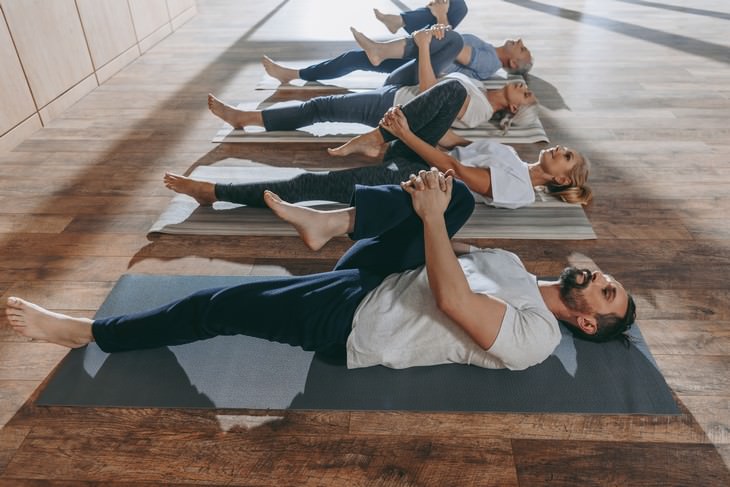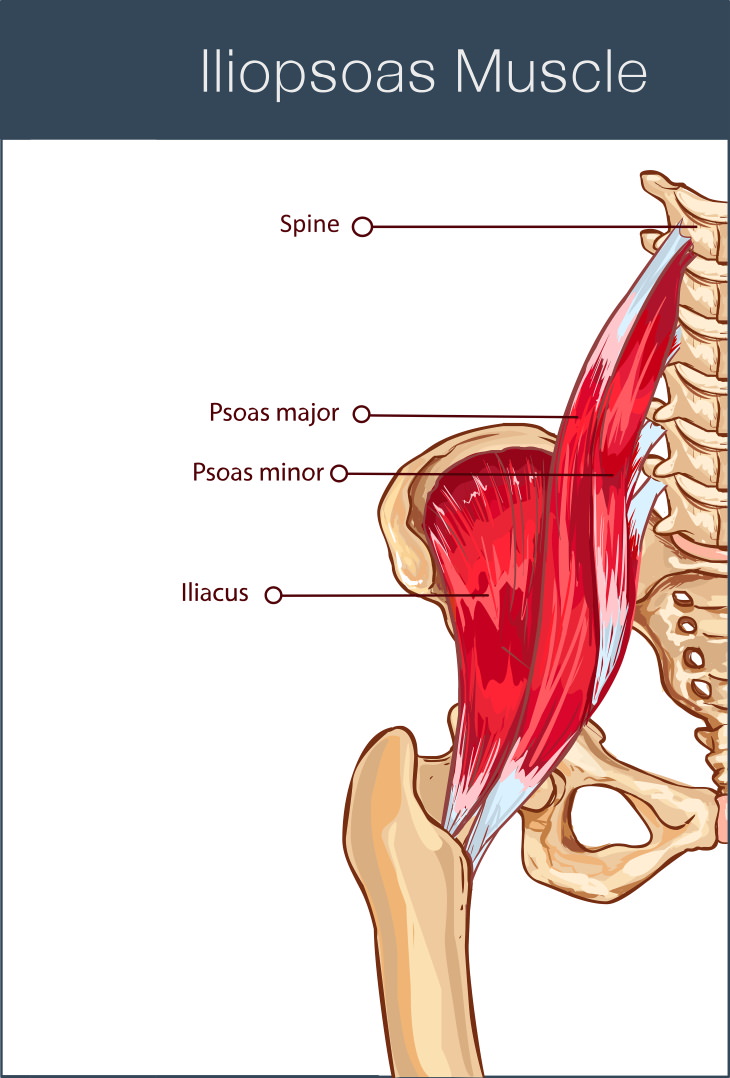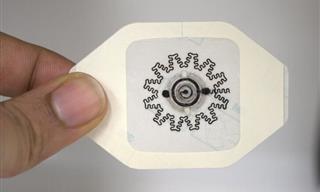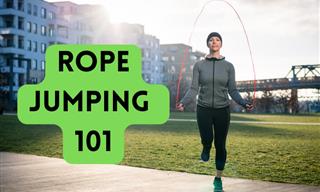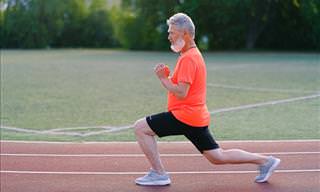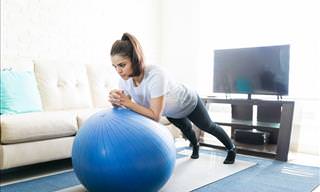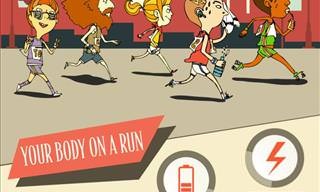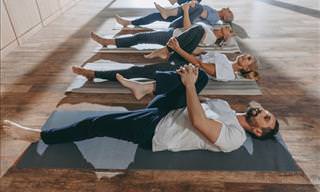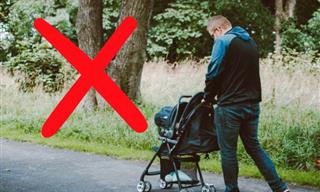A sedentary lifestyle is more dangerous than you might think. Apart from predisposing you to certain health conditions and making your back hurt, it can also mess up your sleep. The reason why has nothing to do with how tired or stressed you are either, as even after a happy day full of physical activity you may feel the long-term negative effects of a sedentary lifestyle.
The culprits behind these sleep problems are your hip flexor muscles, which can shorten dramatically if you don’t stretch them out regularly. Tight hip flexors, in turn, can cause persistent lower back pain, as well as difficulty breathing and other symptoms that can affect your sleep. To learn more about this condition and a 5-minute exercise to remedy it, continue reading.
How Can Hip Flexors Affect Our Sleep?
Hip flexor muscles do a lot more than just help us move our legs, they play an important role in maintaining good posture and supporting the spine. Apart from that, these muscles are tightly linked with other muscles and inflammation in the hip flexors may affect the entire spine, as well as the legs. The strongest and somehow also the least understood hip flexor is the Iliopsoas.
This group of deep pelvic muscles consists of two muscles: the iliacus and psoas, pictured below. These muscles play an important role in many activities, such as standing, sitting, and obviously, hip flexion. Excessive sitting can shorten and tighten the iliopsoas, commonly causing lower back pain, hip pain, and in more severe cases, herniated discs.
Unfortunately, an increasing number of people have shorter than normal hip flexors. When these muscles are tight or inflamed, they then cause any surrounding muscles to spasm as well, including the diaphragm. A tight diaphragm, in turn, will make it difficult for you to breathe deeply. Combine shortness of breath with lower back pain and muscle tension, and there have you - a sure recipe for bad sleep.
How to Stretch Out the Iliopsoas
First and foremost, note your sleeping position. Side sleeping in the fetal position will further shorten the muscle, and so it’s not a good option for people with a short iliopsoas. Next, you’ll need to stretch out the muscle to relieve any tension and pain, as well as allow normal breathing.
We offer you the following exercise you can do at home before bed to counteract the daily strain a sedentary lifestyle puts on your hip flexors. Below you’ll be able to find directions, as well as a video demonstrating the exercise:
Directions:
1. Find an empty wall in your home and grab a mat, a large book or a yoga block.
2. Lie down on your back, supporting your pelvis with the book or block. At the same time, press your right foot against the wall.
3. Now flex your left knee and draw your left leg in towards your chest. Breathe deeply and hold this position for 1-2 minutes, and then repeat on the left side.
A Video Demonstration of the Stretch
 Go to BabaMail
Go to BabaMail


